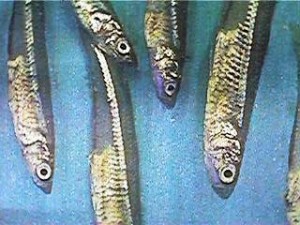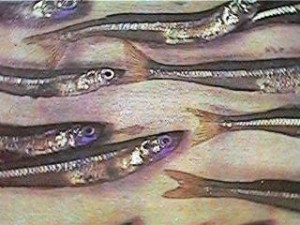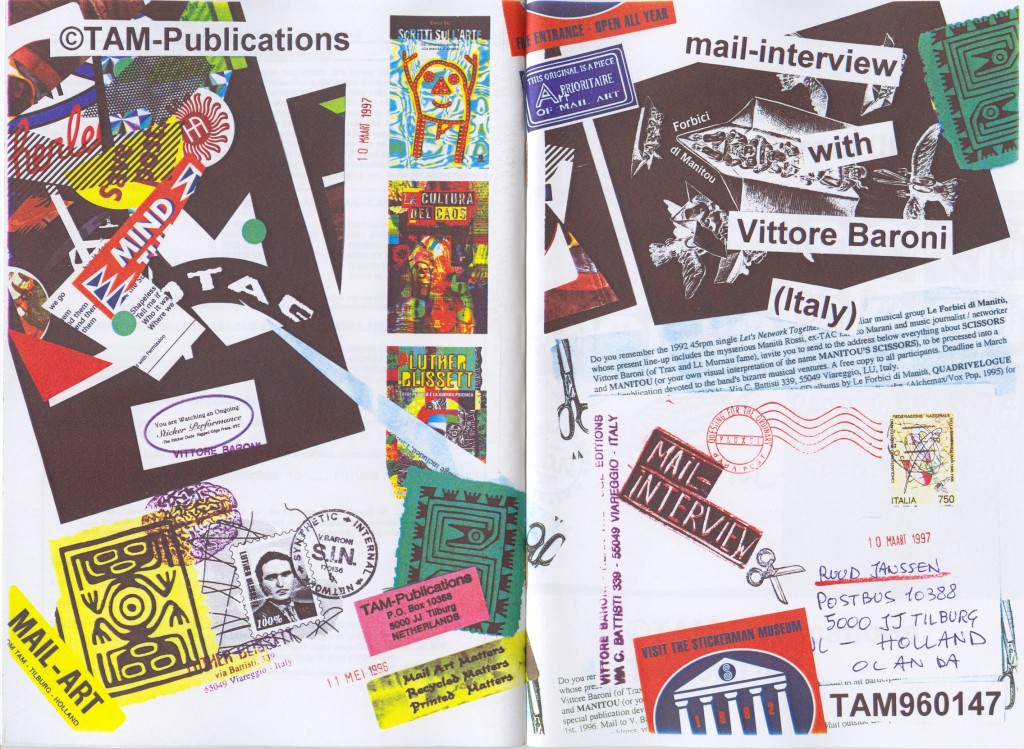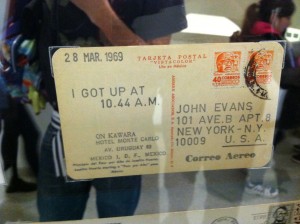THE MAIL-INTERVIEW WITH JONATHAN STANGROOM.
63
Started on: 4-2-1996
RJ : Welcome to this mail-interview. First let me ask you the traditional question. When did you get involved in the mail-art network?
Reply on 2-3-1996
JS : Thank you for the invitation to your interview. I’ve been aware of mail art since my art school days, in the early seventies. I liked the ideas of collaboration and networking (although I doubt that they called it that back then). I liked that it occured outside the mainstream art world…..in the elusive underground. Unfortunately, I didn’t have an address to mail to! That’s not entirely true. In 1972 or so, under the pseudonym “The Guardians of Good Taste of North America,” in collaboration with Liz Hardy a mail box/safe deposit box was reserved in a Canadian project conducted by Image Bank (I may be wrong about the sponsor).
To my knowledge nothing was ever deposited in this box and apart from the confirmation of our box reservation, no mail was generated. I continued to send creative mail (outside of the network) throughout the 70’s and into the 80’s. On returning to the states after a year in India (where the mail became an even greater force in my life) my ex-wife put me in touch with Kate Lanxner (whom I think once interviewed you, dear Ruud). She, in turn, introduced me to RUBBERSTAMPMADNESS as a source for mail art possibilities. Here, I found an entrance to the network. At this time I was experimenting with the copy machines at my brother’s printing shop and produced artworks for Lancillotto Bellini’s “The Artist’s Family.” Other early (for me) projects that I participated in were Jenny de Groot’s “Transport/Transportation” and Pascal Lenoir’s “Mani Art.”
The documentation from these yielded some of my dearest and most consistant contacts. I have to admit that in the beginning I didn’t have a clue what was expected from me (that’s the way I thought). I was a bit shy about it. Once I was into the network the mail came and I’ve been involved since.
Alternative answer : 1987-88
RJ : Do you know now what is expected from you?
JS : I suppose I know that nothing specific is expected. In those early days I hadn’t seen much mail art and didn’t know what it looked like. It is often said that to understand mail art one has to participate…. until I became involved I didn’t realize the possibilities or understand the breadth of the network.
Although, I decided early on to use my real name rather than hide behind a pseudonym, I considered my early mail art to be quite seperate from my painting and other artwork. Over the years this seperation has all but disappeared and I’ve embraced many of the anti-art establishment concepts that I’ve encountered in the network. I am no longer so keen to sell my artwork and have become rather particular about how it is presented. (This may be a result of my close work with galleries and art consultants). I’ve learned that money is not the only gauge of value…. the exchange, the gift is equally enriching. In the meantime my work has matured. My involvement in the network has coincided with my development as a copier artist, original copies being the bulk of the mail art that I send. I also send stampings, collages and the occasional drawing or painting…. usually with a chatty letter. I sometimes create works to address the theme of a particular project (this is expected) but more often than not I already have something lying around that is appopriate.
There is still the odd piece of mail that comes in that I don’t understand! Documentation is another story…. decent documentation of a project is not only expected but required. At this point, I’ve been involved long enough to not have to worry about what’s expected from me…. I work to send quality artwork….. I expect the same.
RJ : You mention your development as a copier artist. One might think that it is just a quick way to make an original by putting something on the xerox-machine. How do you go about when you want to make an “original copy”?
Reply on 26-4-1996
JS : I don’t see anything wrong with making art quickly…. athough my work isn’t produced quite as fast as it might seem. I use the copy machine as both a camera (photo) and a printing device (copy). It’s another tool that the artist can create with. My work generally employs “direct imaging” that is, I place real, three-dimensional objects on the platen to create a tableau. I rarely make editions of given prints as I’m constantly refining the composition. The objects are sometimes manipulated during the course of the copying process to incorporate aspects of time and movement…. these copies are always unique.

Sometimes I approach the machine with a specific image in mind and bring the appropriate materials (I often use the supermarket as my art supply store). Other times I work with whatever is lying about…. always looking for objects that you’re “not supposed” to put on a copy machine. Every new object is an experiment with the limited depth of field. The methods of working are different for the different machines that I use. The color machine makes six passes in the photo mode to make an image, allowing for manipulation between colors. I often create the background colors directly on the machine. Placing and removing a white sheet of paper at the proper intervals during the copying process can produce a specific color. The black and white machine makes only one pass, which allows for bolder movements of the subject. Another machine that I use has four seperate cartridges that print one color at a time. Both this and the black and white machine allow you to send a copy back through the machine for overprinting. Working in this manner takes knowledge of the machine and practice. One has to work with the rhythm of the machine.
I’ve collaborated with other copier artists (most notably, Reed Altemus and M. Greenfield) and enjoy that process very much. My brothers have a printing business and for a while they had a store that offered copying servives… I could use their machines as I liked. Important, as I doubt that I would get a good response if I handed a fish over the counter to a technician. It took some time before I felt that I knew what I was doing. When they dismantled the store I bought a black & white machine from them (not working atthe moment)… they kept the color machine which I still travel to use. The color machine is now housed in a shop that is shared by the printing press and my father’s woodworking tools (he’s a wood carver)… there’s a wealth of materials here. The “ORIGINAL” and “COPY” stamps that I use were found in an office supply store and seemed appropriate after a discussion with Andr






